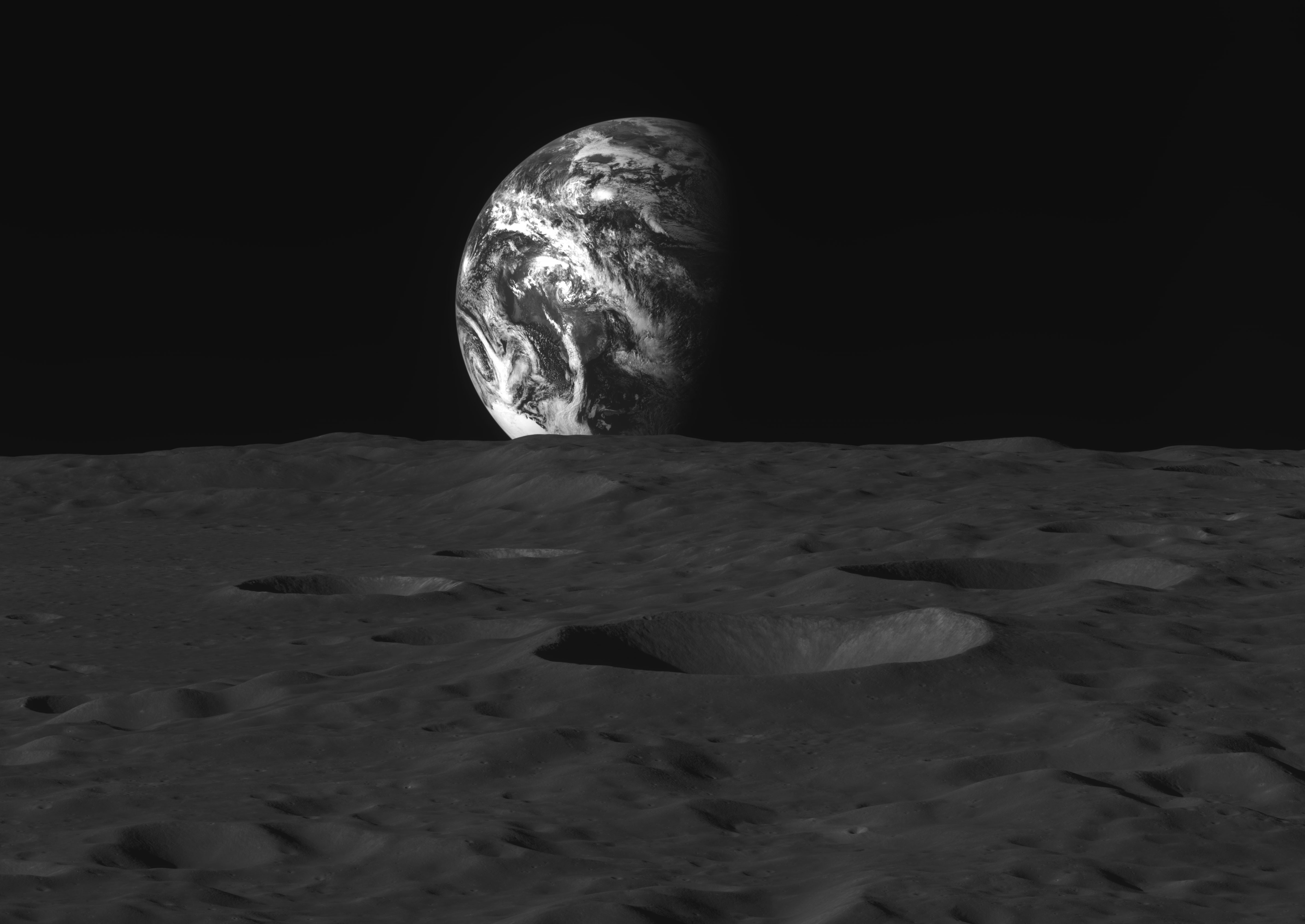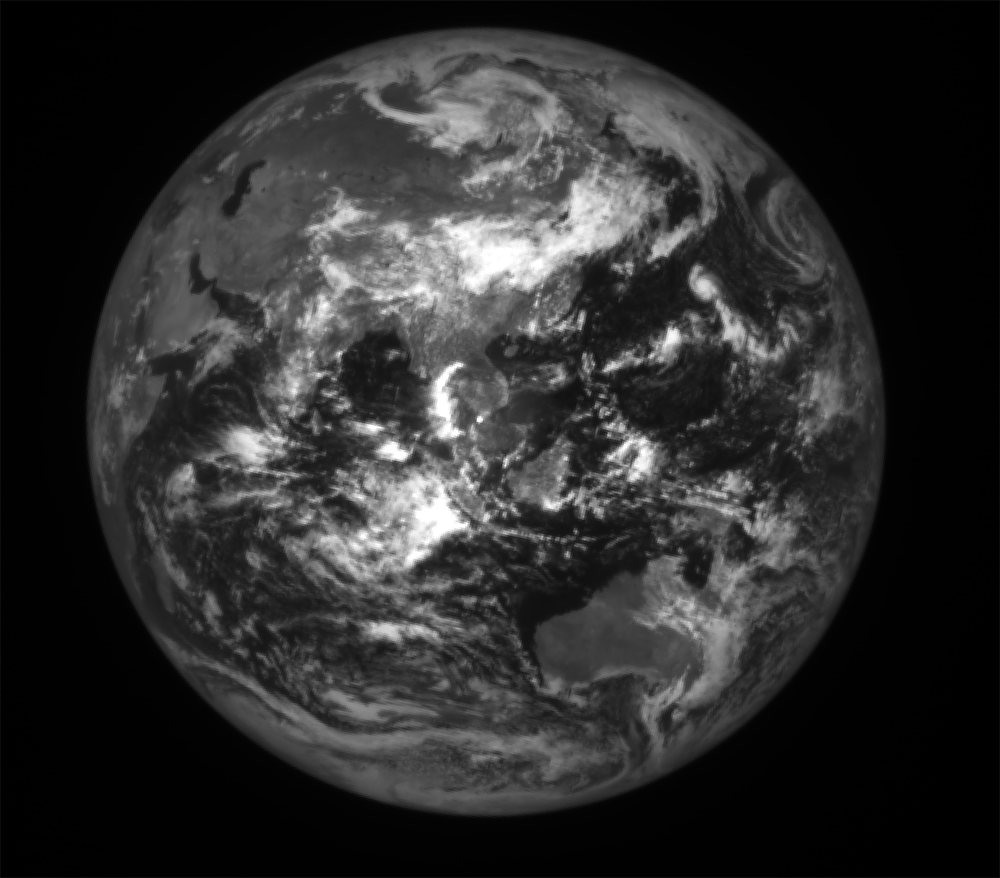South Korea's lunar orbiter unveils jaw-dropping images of Earth and the moon
The Danuri spacecraft arrived in lunar orbit in Dec. 2022, and its first image dump is out of this world.

After orbiting the moon for just over a month, the Korean Pathfinder Lunar Orbiter (KPLO) is now sending back breathtaking images of Earth's rocky neighbor — and our planet too.
The images, which were posted to the Korean Aerospace Research Institute (KARI) website, show a variety of lunar landscapes, including two jaw-dropping black-and-white images of an enormous Earth rising over the moon's crater-studded horizon, and a time-lapse image of the moon's orbit around Earth taken over several hours.
The KPLO — also named Danuri, a combination of the Korean words "dal," meaning moon, and "nuri," meaning enjoy, according to NASA — is South Korea's first exploratory space mission to leave Earth orbit, and is a joint project co-managed by KARI and NASA. The orbiter launched from Cape Canaveral, Florida, aboard a SpaceX Falcon 9 rocket on Aug. 4, 2022.
In mid-December, the spacecraft arrived in lunar orbit and began measuring the lunar surface in order to identify potential landing sites for future moon missions. Danuri's findings may help NASA plan the next stages of the agency's ongoing Artemis program, which aims to return humans to the lunar surface and establish a permanent base there by 2025.
Danuri will orbit the moon for 11 months, so we can expect to see plenty more breathtaking images from the orbiter this year. In the meantime, enjoy these debut shots of Earth and its cosmic companion.
On its way to the moon, Danuri photographed the moon's procession around Earth once a day for an entire month, beginning on Sept. 15. On Sept. 25, the orbiter took 15 pictures over the course of about 3 hours, resulting in the composite image above.
Two days after arriving in lunar orbit, Danuri snapped this image of the enormous Earth rising above the moon's horizon. Later in its mission, Danuri will study the dark interiors of craters like those seen in the foreground, to see if there's any evidence of water ice there.
Get the world’s most fascinating discoveries delivered straight to your inbox.
The moon and Earth appear on opposite sides of the sky in this image, taken during Danuri's four-month voyage from Florida to lunar orbit.
Earth, as seen by Danuri as it neared its lunar orbit in November 2022.

Brandon is the space / physics editor at Live Science. With more than 20 years of editorial experience, his writing has appeared in The Washington Post, Reader's Digest, CBS.com, the Richard Dawkins Foundation website and other outlets. He holds a bachelor's degree in creative writing from the University of Arizona, with minors in journalism and media arts. His interests include black holes, asteroids and comets, and the search for extraterrestrial life.






